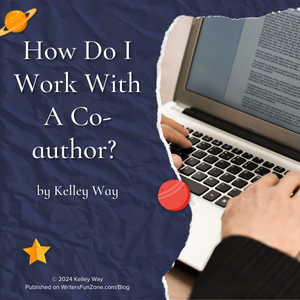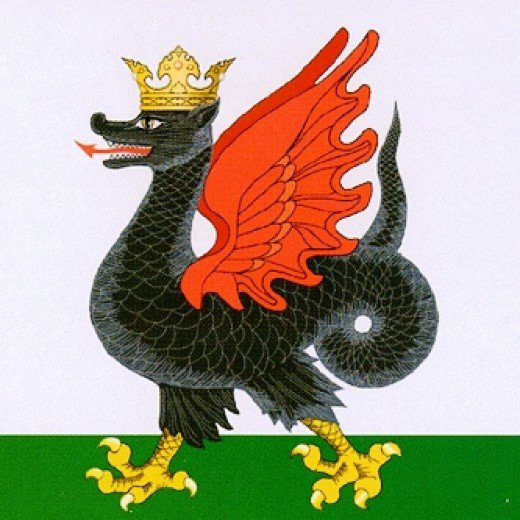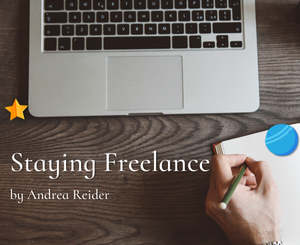How Do I Work With A Co-author? by Kelley Way
 Let’s welcome back monthly columnist Kelley Way as she shares with us “How Do I Work With A Co-author?” Enjoy!
Let’s welcome back monthly columnist Kelley Way as she shares with us “How Do I Work With A Co-author?” Enjoy!
***
Imagine this co-author meet cute: You’re sitting in a café, working on the latest draft of your manuscript, when you decide to take a break and chat with the person next to you.
The two of you hit it off, and you find out they’re a writer, too. Even better, they write in the same space you do, and like a revelation from up high, you know that you’re meant to be co-authors. All that’s left is to start writing, right?
Unfortunately, that’s not the case. Most of my co-author clients are trying to get out of their co-authorship arrangement, not get into one. That tells me that some guidance is in order.
So here are some tips for when you see a good co-authorship opportunity.
1. Make sure it’s a match.
Just because you write on the same topics does not mean you’ll make good partners. Do a little sleuthing and see if you would actually work well together.
A few questions to ask:
- Do they have any published/completed works you can look at? This lets you see their writing style and quality.
- What are they looking to get from this collaboration? If they have a different goal or target audience, this will cause friction down the road.
- What are their writing strengths and weaknesses? This gives you a glimpse of their personality, in addition to finding out what they can contribute and where they’ll need assistance. And if they won’t admit to any weaknesses, that’s a red flag.
2. Sign a co-authorship agreement.
Creatives are often very reluctant to sign formal legal agreements, which is short-sighted because it’s the best way to protect yourself in the event things go south.
A written agreement or contract has the added benefit of memorializing what you agreed on if one of you conveniently forgets how much the other is owed in royalty payments.
It’s also important to explicitly state how copyright ownership will work so it’s clear the co-authors are also co-owners.
3. Plan for when things go wrong.
I know it’s not a fun task, especially when you’re still in the relationship’s honeymoon phase. But I’ve had multiple clients experience bad outcomes because they didn’t plan for this possibility, so I would be remiss if I didn’t include it.
Agree on what happens in the event you part ways.
Some things to consider:
- Will the work stay in print? If so, who will manage and promote it?
- What rights do each of you have in the work (or if it didn’t go that far, in the manuscript)?
- How will royalties be paid out to each of you?
Hopefully, these tips will help you get started in the right direction if are considering working with a co-author. If you would like more advice or help writing a co-author agreement, please get in touch with me at kaway@kawaylaw.com.
***
Want to read more articles like this one Writer’s Fun Zone? Subscribe here.
***
ABOUT THE AUTHOR
Kelley Way was born and raised in Walnut Creek, California. She graduated from UC Davis with a B.A. in English, followed by a Juris Doctorate. Kelley is a member of the California Bar, and an aspiring writer of young adult fantasy novels. More information at kawaylaw.com.







